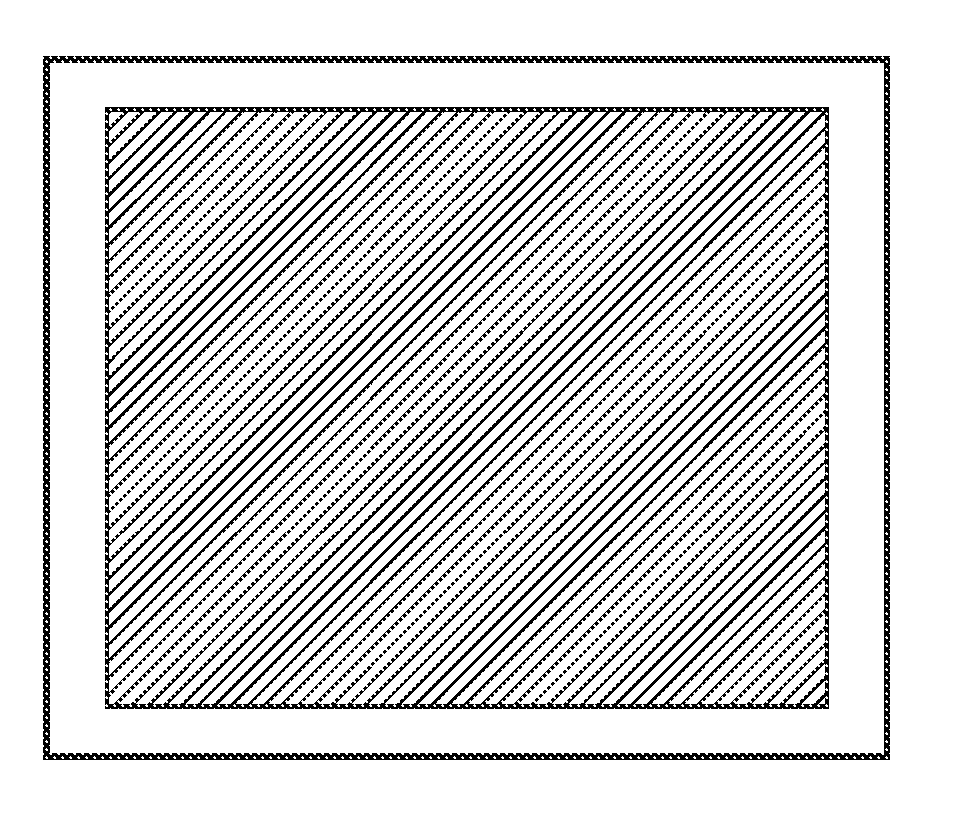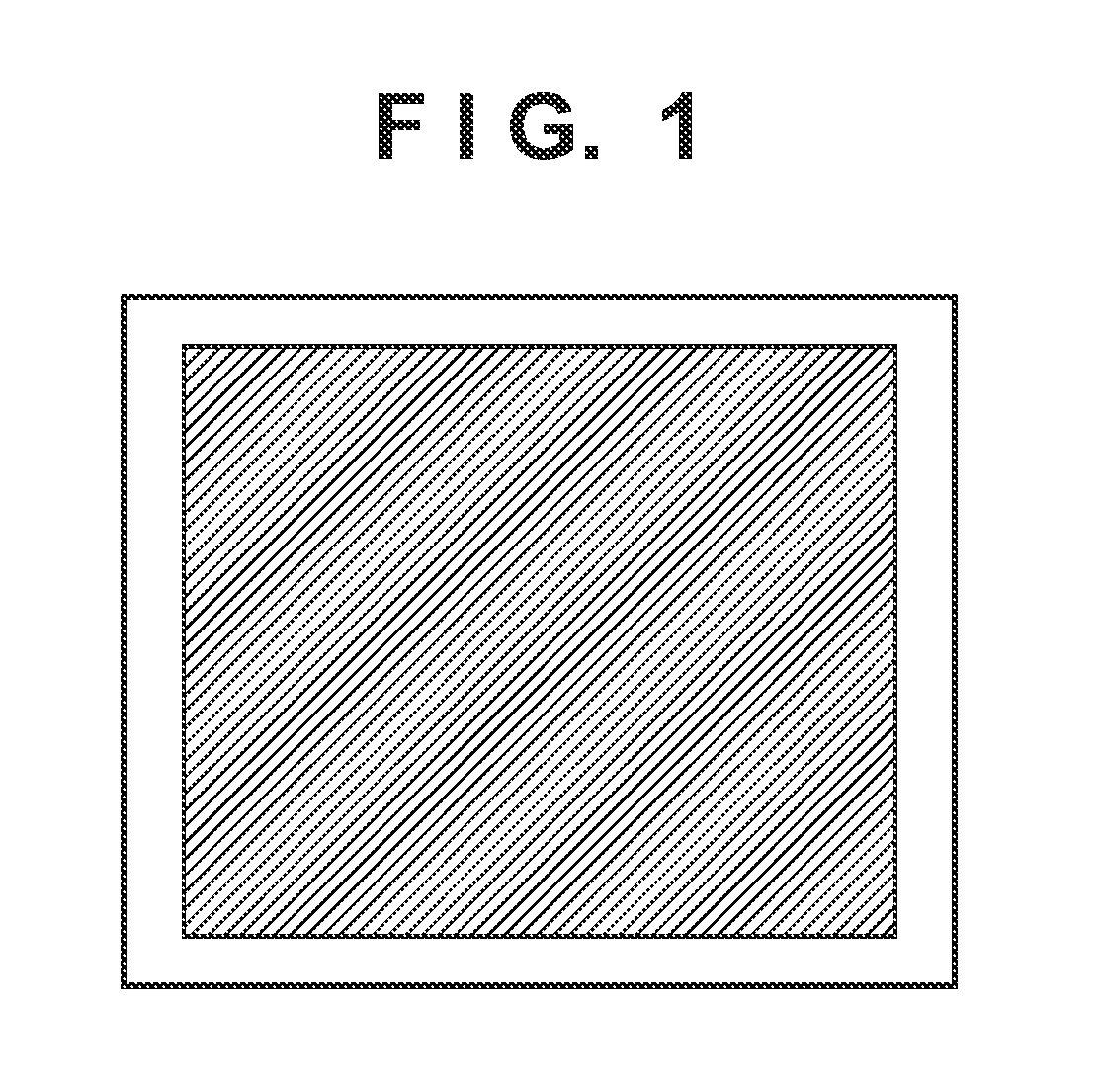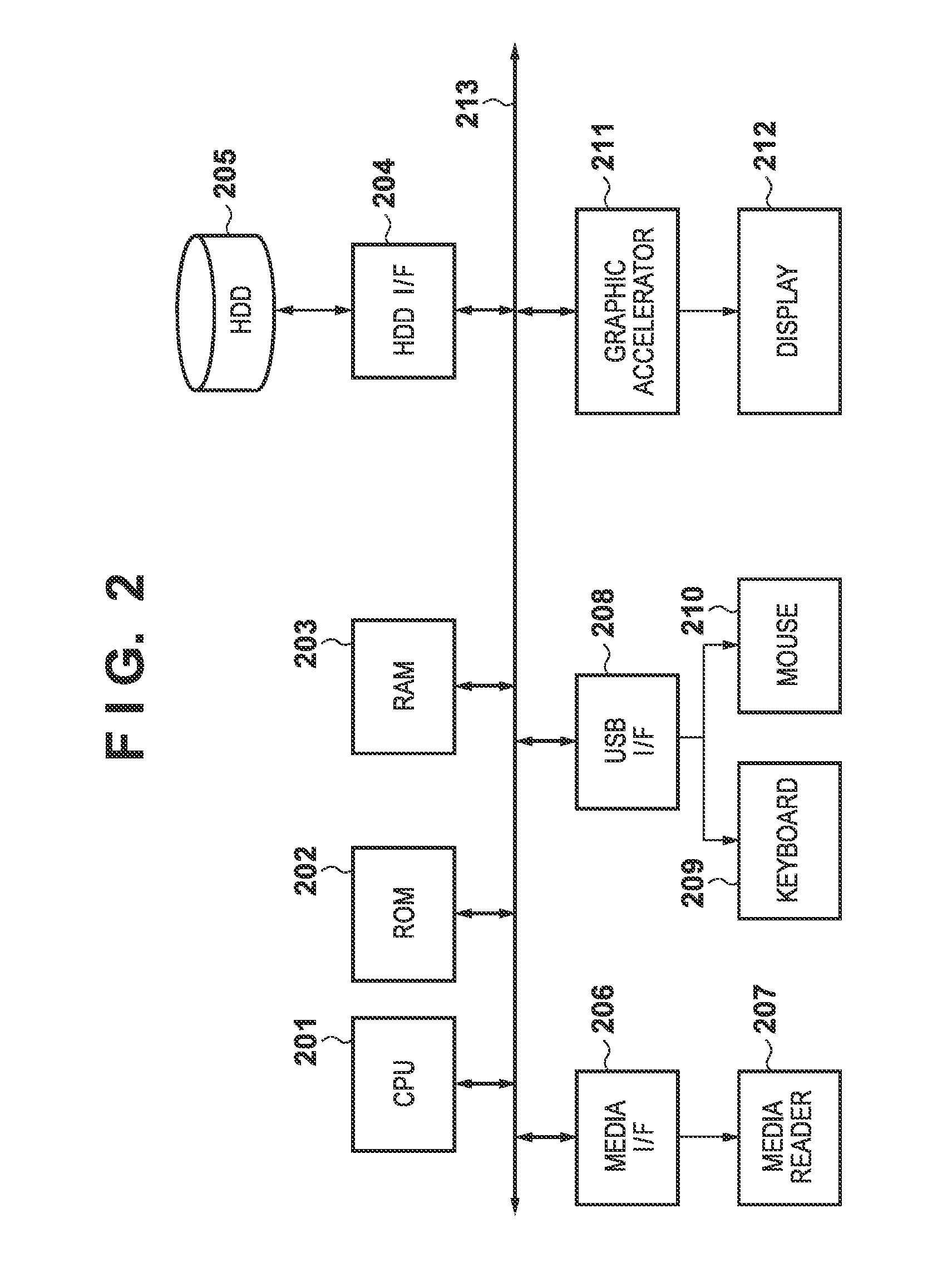Image quality evaluation apparatus and method of controlling the same
a technology of image quality and evaluation apparatus, applied in the field of image quality evaluation apparatus, can solve the problems of high noise intensity, increased noise flicker, and increased noise perception, and achieve the effect of high correlation to subjectivity and efficient calculation
- Summary
- Abstract
- Description
- Claims
- Application Information
AI Technical Summary
Benefits of technology
Problems solved by technology
Method used
Image
Examples
first embodiment
[0055]In the first embodiment, assuming that the characteristics of moving image noise in a moving image are independent in the horizontal direction, the vertical direction, and the time direction, a moving image noise quantitative evaluation value having high correlation to subjectivity is calculated in a small calculation amount. More specifically, an autocorrelation function (autocorrelation coefficient) is calculated in advance for each of the three dimensions, that is, the horizontal, vertical, and time directions and multiplied by a visual characteristic, thereby calculating a noise amount for each of the three dimensions. In addition, the calculated noise amounts for the respective dimensions are integrated by multiplication, thereby outputting a moving image noise evaluation value (noise perception amount).
[0056]In the first embodiment, an image capture apparatus captures a chart image shown in FIG. 1, and an image quality evaluation apparatus evaluates the moving image nois...
second embodiment
[0100]In the second embodiment, an evaluation value is calculated without regarding the noise characteristic as independent in the horizontal and vertical directions, unlike the first embodiment. This allows to cope with, for example, a case in which image data has undergone noise reduction in the two-dimensional spatial direction. In the second embodiment, the representative value of the autocorrelation coefficient is calculated for each of the two-dimensional spatial direction and the one-dimensional time direction. Points of difference from the first embodiment will be described below.
[0101]Image quality evaluation processing executed by a moving image noise evaluation program will be described with reference to the flowchart of FIG. 11.
[0102]In step S1101, color space conversion processing to be described later is performed for image data loaded to a RAM 203 by a menu list 302, thereby converting the image data into a uniform color space. This processing is the same as in the fi...
third embodiment
[0117]In the third embodiment, when the noise characteristic of a noise image having temporarily undergone evaluation value calculation has changed, the evaluation value is incrementally calculated while placing focus only on the difference of the noise characteristic. In the first embodiment, the noise characteristic of moving image noise is held as an autocorrelation coefficient in advance, and a moving image noise evaluation value is calculated based on the autocorrelation coefficient. For this reason, for example, when only the time characteristic of noise has changed, the noise evaluation value can be calculated without recalculating the frequency characteristics in the horizontal direction and vertical direction. In this case, the evaluation values in the horizontal direction and vertical direction can be reused. Calculating only evaluation values Tval_L, Tval_a, and Tval_b in the time direction suffices. Points of difference from the first embodiment will be described below.
[...
PUM
 Login to View More
Login to View More Abstract
Description
Claims
Application Information
 Login to View More
Login to View More - R&D
- Intellectual Property
- Life Sciences
- Materials
- Tech Scout
- Unparalleled Data Quality
- Higher Quality Content
- 60% Fewer Hallucinations
Browse by: Latest US Patents, China's latest patents, Technical Efficacy Thesaurus, Application Domain, Technology Topic, Popular Technical Reports.
© 2025 PatSnap. All rights reserved.Legal|Privacy policy|Modern Slavery Act Transparency Statement|Sitemap|About US| Contact US: help@patsnap.com



